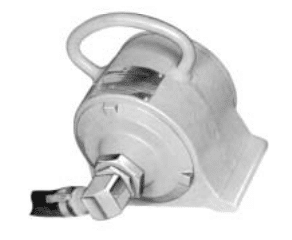Vibrating concrete is not always necessary. There are other types of concrete that do not require stirring. However, most of the time concrete is vibrated to achieve the required compaction.
When concreting piles, larger slab foundations, underwater constructions, etc., it is very difficult to vibrate the concrete to obtain sufficient compaction. In these situations we use self-compacting concrete where it has condensed.
Why is concrete vibration necessary?
With the exception of self-compacting concrete, all other types of concrete are normally vibrated using suitable means of compaction. The following key factors must be taken into consideration to ensure sufficient concrete vibration.
- To reduce the air content in concrete. In general 5% – 8% voids of the total volume of the concrete mix. This value is significantly reduced by vibration.
- Sufficiently solidify the concrete.
- To avoid separation
- To prevent bleeding
Concrete Vibration Process
About five methods are used to solidify concrete.
- Shape vibration
As the name suggests, this method involves vibrating the formwork. This method is used when the other methods are not applicable. The vibrators are fixed to the concrete formwork.


Special attention should be paid to vibration adequacy and proper spacing of vibrators. Special vibrators can be used in the following cases.
-
- Concreting of prefabricated parts
- Tunnel concreting
- For larger concrete works, etc. if necessary.
- Surface vibrator
Concrete vibration occurs through the surface of the concrete.
This vibration method is not as effective in thicker concrete. The effective depth of concrete surface vibration is about 150-250 mm.


The main disadvantage of these types of vibrators is the limited depth to which the concrete can be sufficiently compacted. Furthermore, the surface of the concrete must be sufficiently dense or hard to be able to carry out the stirring movement.
- Internal vibrator
The most popular method of vibrating concrete.
Compared to the other method, it is quite easy to use. The Porker vibrator is widely used in construction to compact concrete.


- Rebar Agitator
This type of equipment is used on special occasions, as shown in the figure below.
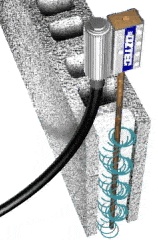
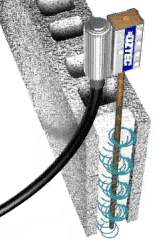
Concrete agitation can be done by shaking the reinforcement. However, this method cannot be used for large quantities of concrete.
- Concrete vibrating table
It is a type of table used to vibrate concrete. It is best suited for smaller pieces of concrete. Vibrating tables are used in precast concrete construction.
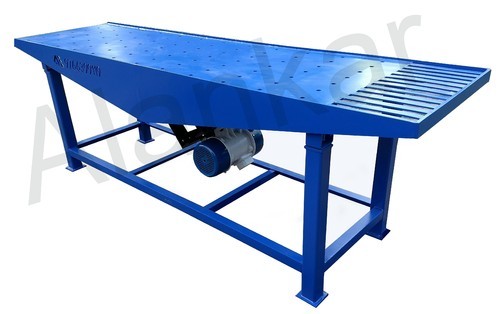
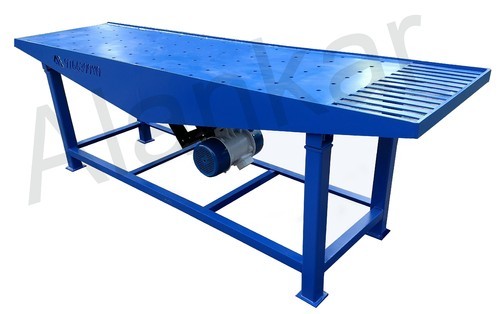
Best Practices for Concrete Vibration
- It is observed that concrete generally vibrates too little or incorrectly. Concrete can vibrate for about 10 to 15 seconds. The vibration time depends on the workability of the concrete. Therefore, the skill of the operator is very important.
- The previous circle must overlap the new circle each time. Furthermore, the layers must vibrate so that they overlap. The fattening vibrator must be inserted at least 150 mm into the previous layer.
- Vibration can be stopped when trapped air no longer escapes and the surface is flat.
- The mast vibrator can be pulled at a maximum of 75 mm per second. The ideal speed to remove the vibrator from the pole is 25 mm per second.
- The vibrator should not be used to move the concrete into place.
Consequences of inadequate concrete vibration
Most of the problems encountered due to inadequate concrete compaction and resulting inadequate vibration can be listed below.
- Air trapped in concrete increases voids. The density of the concrete is reduced. The porosity of concrete increases.


- This increases the permeability of the concrete. This can affect the Durability of the concrete It can also lead to corrosion of the reinforcement.
- Furthermore, highly porous concrete can become carbonated, which can lead to reinforcement corrosion.
- Larger voids in concrete reduce the strength of the concrete.
- Honeycomb formation, particularly in areas suspected of reinforcement
- Formation of sand streaks due to excessive bleeding and loss of mortar


- The appearance of the positioning lines


- Cold joints in concrete
- Settlement Cracks
Consequences of excess vibration
- Concrete segregation
- sand strip
- Loss of air voids in concrete with air ingress
- Excessive shape deviation
- Excessive shape deformation
- Formwork defects
Factors Affecting Concrete Compaction
- Mixing proportions
- Concrete workability
- Insufficient vibration
- Using the correct vibration mode.

